Affiliate links on Android Authority may earn us a commission. Learn more.
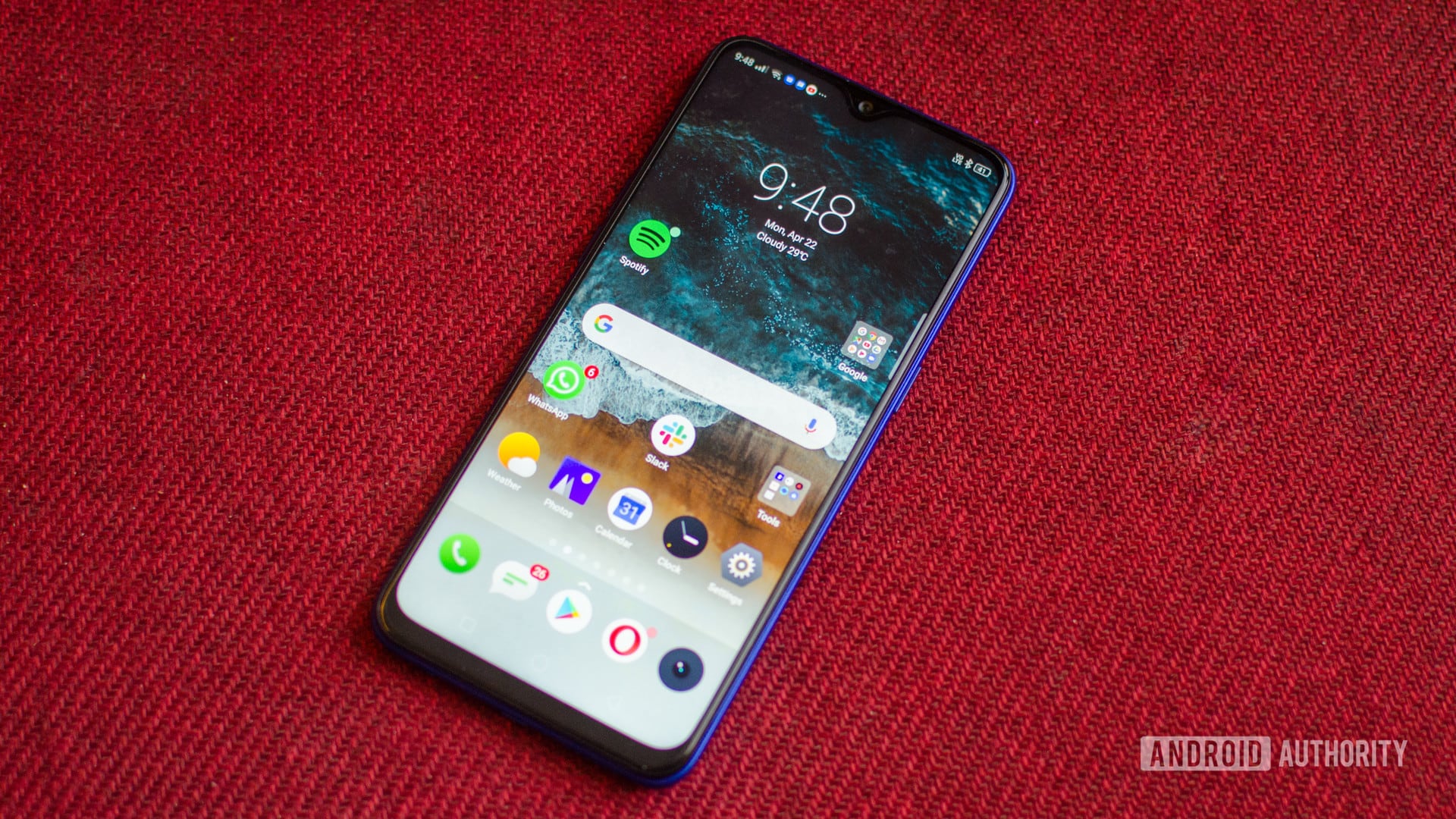
Realme realme 3 Pro
What we like
What we don't like
Realme realme 3 Pro
For a company that is just about a year old, Realme has managed to capture a fair bit of attention and even a bit of market share. Counterpoint‘s latest report pegs India market share for realme at eight percent. A very impressive feat for a new brand.
The realme 3 Pro comes as a follow-up to the popular realme 2 Pro that took aim at Xiaomi’s Redmi Note 6 Pro. Now, the successor is gunning for the all new Redmi Note 7 Pro and we think it has the right combination to be a formidable competitor.
About our realme 3 Pro review
I used the realme 3 Pro as my primary phone over the course of a week while working on the review. Our realme 3 Pro review unit ran Android 9 Pie with ColorOS 6.0 on board. We received a number of software updates during the review period. At the time of publishing, the build number on the device was RMX1851EX_11_A.11 with the March, 2019 security patch.
Design
Looked at from the front, the design of the realme 3 Pro comes across as a bit generic. It keeps up with the latest design trends without really pushing any boundaries. While there’s nothing particularly unique about the front of the phone, that’s not to say it’s a bad-looking device. The bezels are fairly minimal and you get a teardrop notch at the top.
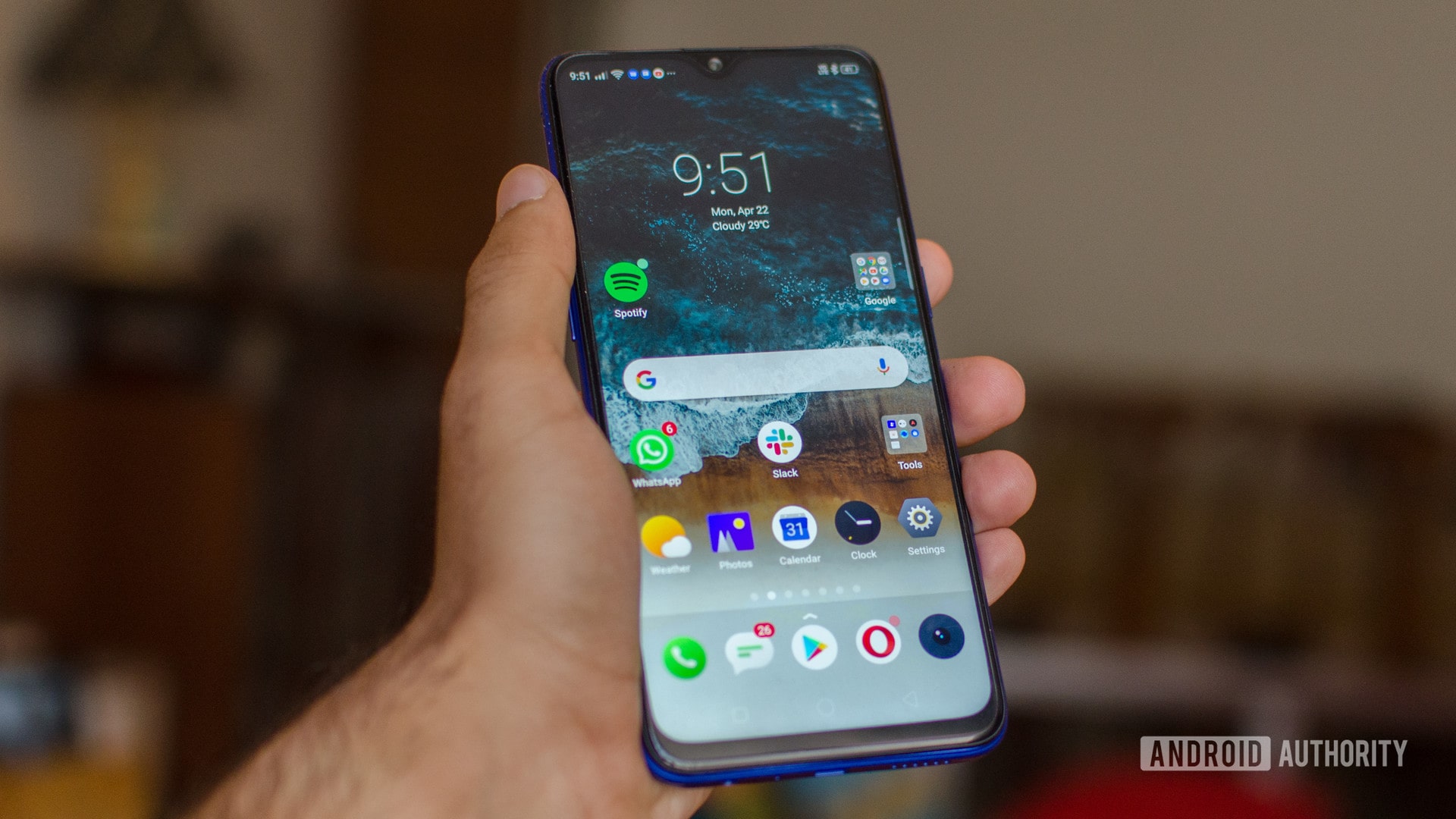
The right side of the phone sports the power button while the left side has split volume keys. The latter could do with a bit more travel, but in general, the buttons are sufficiently clicky and rather well-placed and easy to reach out. Above the volume keys lies a tray that can house a dedicated microSD card as well as dual nano-SIM cards.
The phone continues to use a Micro-USB port but supports the incredibly fast VOOC 3.0 charging standard.
Not all is perfect though, and the company is continuing to use a Micro-USB port on the realme 3 Pro. We suspect this has something to do with the proprietary VOOC fast charging standard. On their part, realme claimed this was due to the inherent familiarity and prevalence of replacement Micro-USB cables.
Moving on, a headphone jack and speaker grille flank the charging port on either side. The speaker goes reasonably loud, but you should keep your expectations low as far as quality is concerned. Sound here is somewhat muffled and there’s no sense of separation, and definitely no hint of bass. Not really surprising for a single speaker.
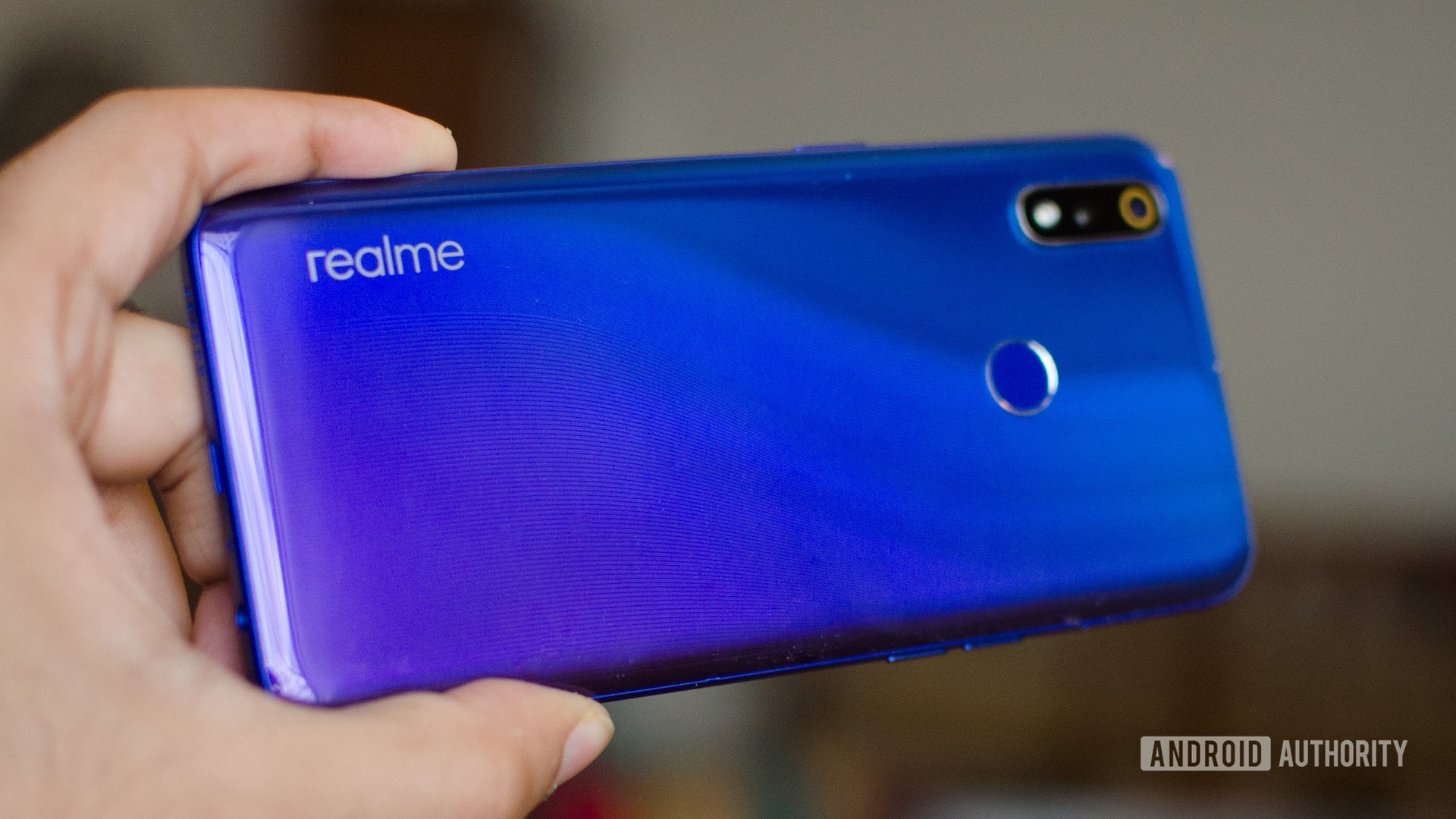
realme has done a good job with the back of the phone. While it continues the recent trend of gradient-heavy designs, there are smaller touches in the form of swerving lines that add to the visual appeal. But since this is a plastic back, necessary to keep the weight down to 172 grams, you should expect scratches and scuffs over time. The phone is also prone to gathering dust and lint. To their credit, realme has bundled in a TPU case in the box.
The fingerprint scanner lies at a convenient, easily reachable location and was speedy enough. For that matter, even face-unlock was very quick and worked without fail except in very low ambient light.
The design is consistent without any surprises.
The realme 3 Pro keeps up with the latest design trends and doesn’t really throw in any surprise. A consistent design with above-average ergonomics is what you should expect here. I should probably note the manufacturer hasn’t improved haptics much over the realme 2 Pro. Key presses don’t feel precise and they sound loud and clunky.
Display
- 6.3″ Full HD+ IPS LCD
- Gorilla Glass 5
The 6.3-inch IPS panel on the realme 3 Pro is of the waterdrop notch variety. realme claims a peak brightness of 400 nits and that matched up with our testing. The display is visible outdoors in all but absolutely direct sunlight.
The screen has a cool color temperature and goes sufficiently bright when outdoors.
Viewing angles are quite good here and there was no noticeable color shift. You can adjust the color temperature of the phone, but I’m not a big fan of the implementation. It almost feels like a yellow overlay over the display. It’s not possible to adjust color saturation levels separately.
realme claims the realme 3 Pro supports the Widevine L1 DRM standard, but this isn’t something we’ve been able to test out. Widevine L1 plays a critical role in enabling high-resolution video streaming from Netflix and other services. Our pre-production realme 3 Pro review unit did not have support for the codec, but realme claims it will be part of the final software build that goes on retail units. We’ll be sure to update our realme 3 Pro review once we have confirmation of Widevine support on retail hardware.
Hardware
- Snapdragon 710
- 4 or 6GB RAM
- 64 or 128GB storage
- MicroSD expansion
The biggest draw for realme’s mid-range portfolio has been its focus on powerful hardware at an affordable price, à la Xiaomi’s Redmi Note 7 Pro. The realme 3 Pro continues this focus with an attempt to beat the Note 7 Pro’s hardware. We start off with a Snapdragon 710 chipset paired with four or six gigabytes of RAM. Our realme 3 Pro review unit shipped with 6GB of RAM and 128GB of storage. As mentioned earlier, it is possible to expand storage using a microSD card.
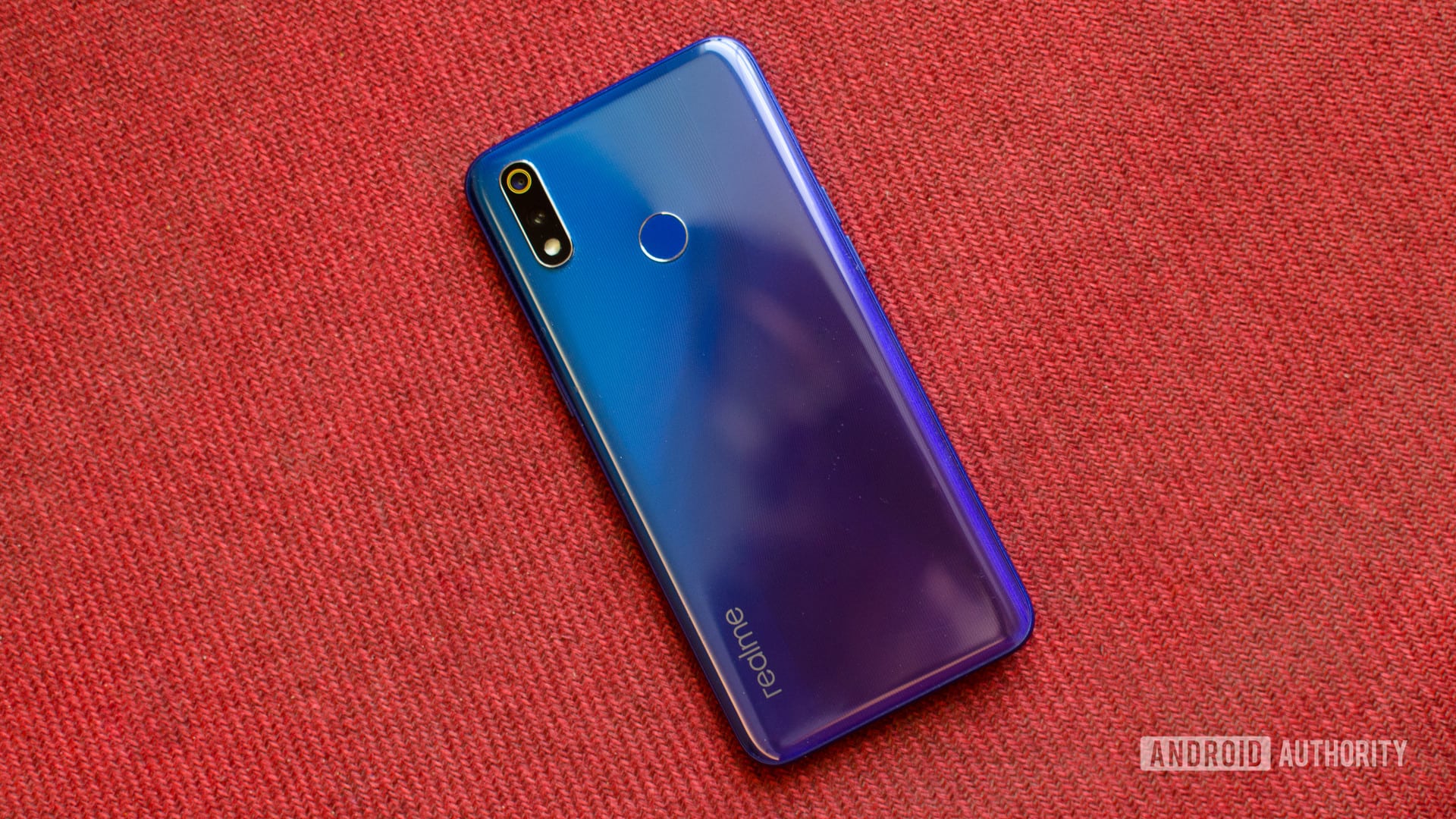
The octa-core Snapdragon 710 chipset employs a pair of clusters set in a big.LITTLE configuration. The performance cluster has two Kryo 360 cores based on the Cortex A75 architecture, clocked at 2.2GHz. Meanwhile, the efficiency cluster has six Kryo 350 cores based on the Cortex A55 architecture clocked at 1.7GHz to improve battery efficiency. The chipset uses the Adreno 616 GPU.
There are other aspects of general performance that stand out as well. Battery life, for one, was absolutely spectacular on the realme 3 Pro. This is certainly not the first phone with a 4,000 mAh battery but combined with realme’s software optimization, the phone legitimately lasts two full days of use. Over the course of my testing period, I could regularly get a full day of use and get to 6pm the next day before getting a 20 percent battery warning.
When you do need to top off the phone, the realme 3 Pro supports VOOC 3.0 charging with a 5V 4A charger included in the box. In our testing, it took about one hour and ten minutes to top off the phone from scratch.
Performance
There will be a lot of comparisons drawn with the Redmi Note 7 Pro and its Snapdragon 675 chipset. The fact of the matter is that, while CPU performance is roughly on par with both phones, the 710 pulls ahead in the graphics department. I tried out PUBG on the phone and the results were exactly as you’d expect. The game runs smoothly with the settings at high and there were next to no frame drops. This is a great experience as far as gaming is concerned.
Beyond gaming too, general performance is more than satisfactory. I did not notice any slow-downs or lag during my week with the phone.
Software
I’m very conflicted about ColorOS 6 on the realme 3 Pro. On one hand, there are some very useful additions all about, but you’ll also notice the omission or forced use of certain features. Now, before we proceed, I should make it clear that the realme 3 Pro review unit was running pre-release software and the company has promised a number of updates and bug fixes.
First, the good. From animations to homescreen layouts, the realme 3 Pro gives you a lot of options to set up your phone exactly the way you want. The phone isn’t quite free of bloatware and only some of the pre-installed apps can be removed.
Then there are the questionable design choices. Leaving aside the inconsistencies in the interface and some suspect translations, I’m not quite sure why some features have been hardcoded into the system. The blue light filter, for example, automatically switches on late in the evening, despite being toggled off in the settings. Some of the standard system settings and apps have also been moved around or hidden. I, for one, could not figure out an accurate way to determine screen-on-time directly on the phone.
Camera
A big differentiating factor in the mid-range segment is camera quality. Xiaomi set the standard when it launched the Redmi Note 7 Pro with a 48-megapixel Sony IMX 586 sensor. On paper, the realme isn’t quite as impressive, but can it match up in image quality?
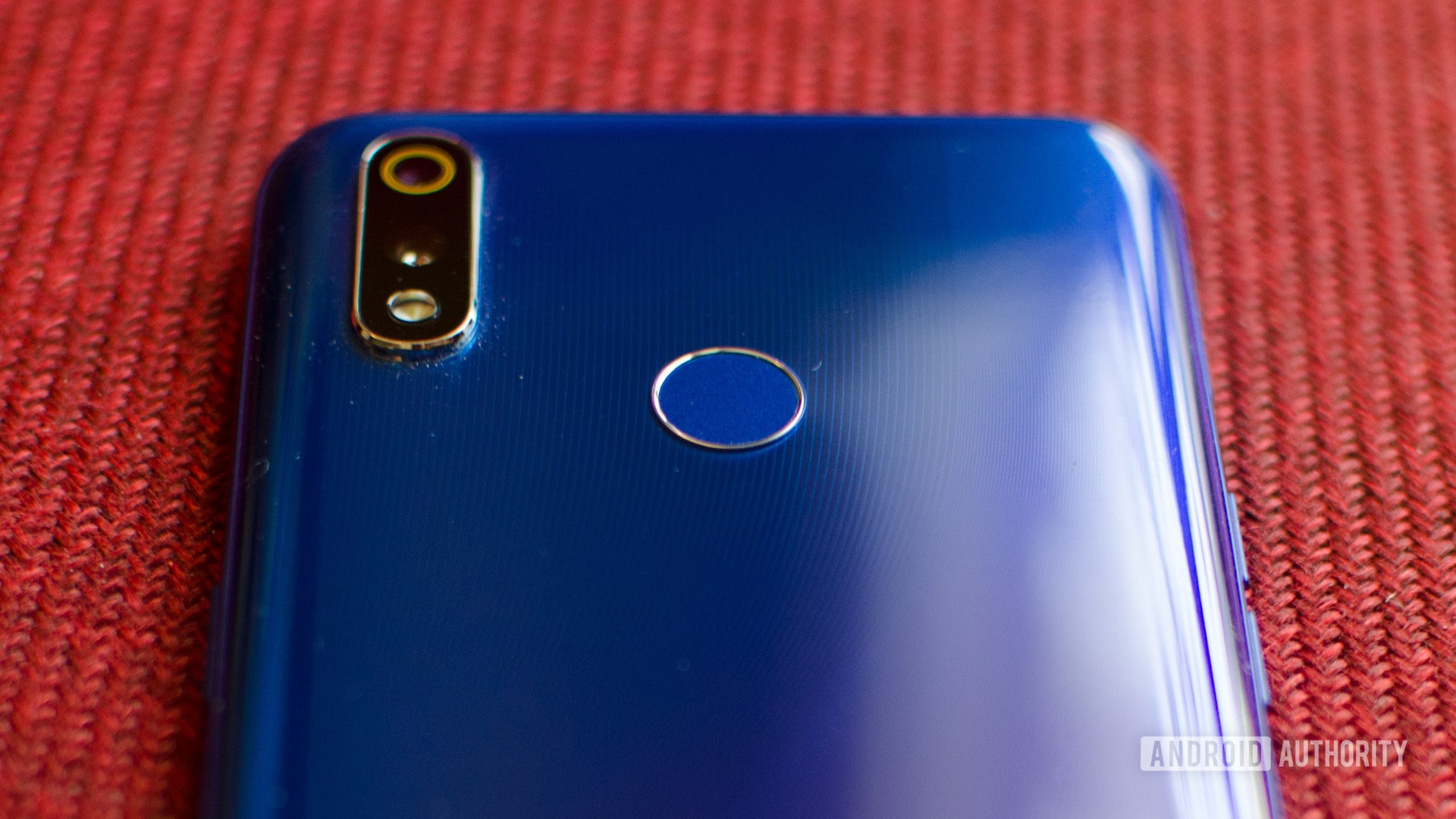
The camera on the realme 3 Pro uses a combination of a 16-megapixel primary sensor with an f/1.7 aperture and a five-megapixel secondary sensor. The latter serves as a depth sensor. Unfortunately, you don’t get the flexibility of the wide angle camera as seen on the Samsung Galaxy M30. The front has a 25-megapixel camera module.
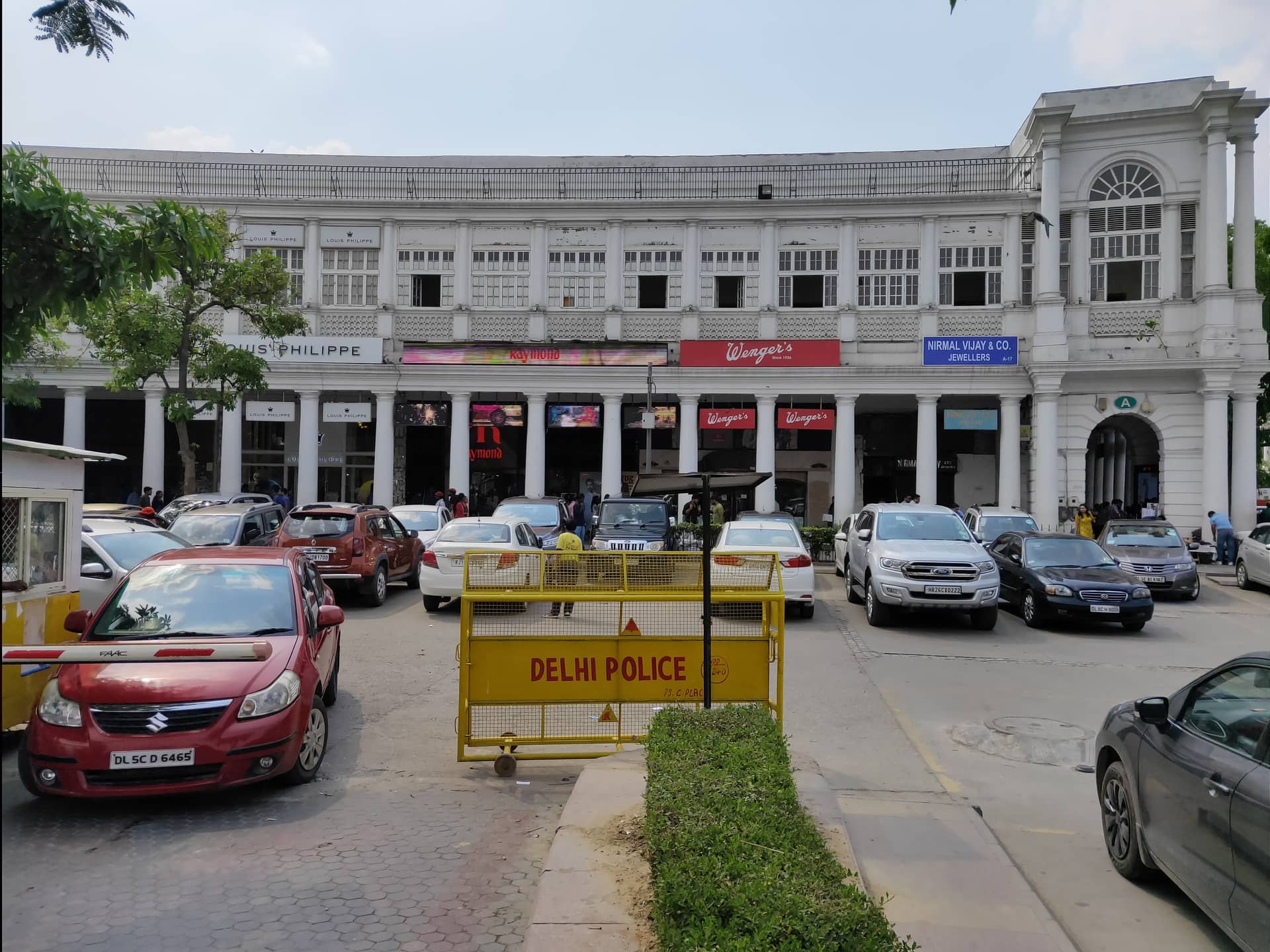
Image quality is satisfactory, but falls short of wowing you. The phone takes serviceable shots in well-lit conditions, but dynamic range is less than stellar. The skies too appear to be ever so slightly blown out.

Pixel-peeping reveals a watercolor like noise reduction pattern. It you crop or zoom into your images, this can end up looking as digital noise in your image. Colors are slightly boosted up when the built in AI mode kicks in and detects the object.
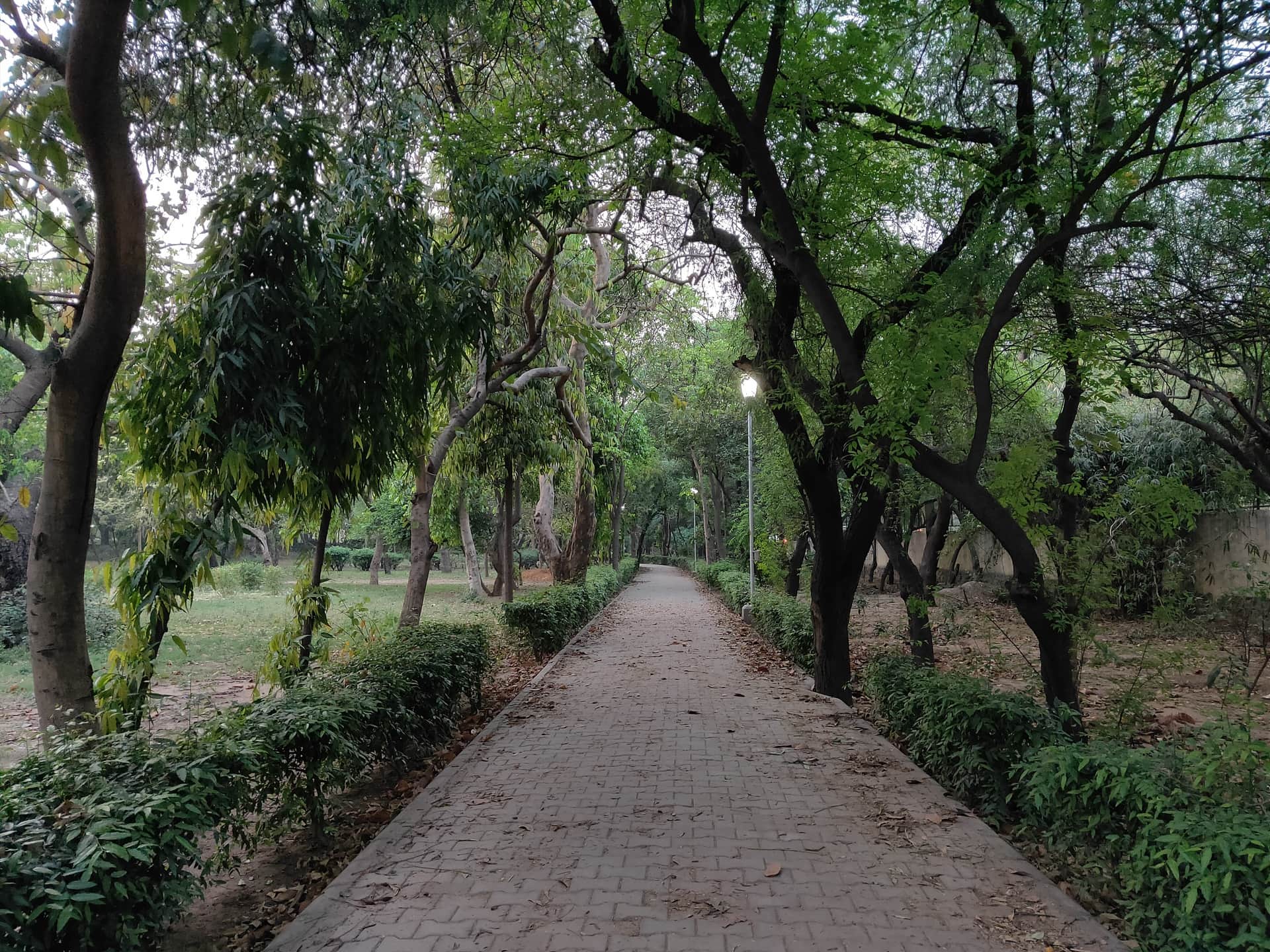
In low-light conditions, there is limited low-level detail. Now, to be fair, we are being critical, and if social media use is your primary use, the image above will work perfectly fine. If you plan to blow it up on a larger display or even print it out, the heavy noise reduction algorithms and ensuing blur patterns become evident.
Our final comparison reinforces what we said earlier regarding low-light shots. The issue gets further exacerbated as the light goes down. realme has built in a fairly capable Nightscape mode into the phone. It manages to increase brightness levels and show more of the ambience, but details remain limited at best. Video recording tops off at 4K at 30 frames-per-second. realme claims that the phone will add support for 960FPS super-slow-motion video in an update post release. At the time of publishing, we still haven’t received this update.
You can take a look at high-resolution realme 3 Pro camera samples here.
Price and availability
The realme 3 Pro is priced at 13,999 rupees (~$200) for the 4GB RAM, 64GB storage variant, while the version with 6GB of RAM and 128GB of storage will cost 16,999 rupees (~$243) when the phone goes on sale at Flipkart starting April 29.
Specifications
| realme 3 Pro | |
|---|---|
Display | 6.3-inch full HD+ (2,340 x 1,080) LCD |
SoC | Qualcomm Snapdragon 710 |
GPU | Adreno 616 |
RAM | 4GB/6GB |
Storage | 64GB/128GB Expandable |
Cameras | Rear: Main: 16MP sensor with f/1.7 aperture Secondary: 5MP depth sensor Front: 25MP sensor with f/2.0 aperture |
Battery | 4,045mAh |
Sensors | Fingerprint Accelerometer Magnetometer Gyroscope Proximity Ambient light |
IP rating | No |
Software | ColorOS 6 Android 9 |
Dimensions and weight | 156.8 x 74.2 x 8.3mm 172g |
Colors | Carbon Gray Nitro Blue Lightning Purple |
Verdict
The realme 3 Pro is a pretty good device that brings the essentials needed to compete against other devices. What it lacks is a certain pizazz and stand-out features. Additionally, at least till the time we get confirmation on final software builds, the phone is missing a fair few features promised by the company. That’s not to say there are deal-breaking bugs here, but from the camera, to the Widevine support, to performance, we’ve been told to expect a rather big post-launch update.
As it stands today, the realme 3 Pro matches up to the Redmi Note 7 Pro in most ways, but lacks the polish to really overthrow the reigning champion.

In a silo, the realme 3 Pro design is pretty good, but the Redmi Note 7 series definitely looks and feels a lot better. Performance is great but it doesn’t bring any substantial gains over the Snapdragon 675-sporting competition. I like the realme 3 Pro for the relatively clean software build, but a better camera and quality-of-life improvements like USB-C would’ve made it a much better deal.
We’ll have a full-fledged comparison against the Redmi Note 7 Pro soon, but I think the realme 3 Pro comes pretty close to matching up to the competition. Definitely a device to look out for once the software kinks are fixed.